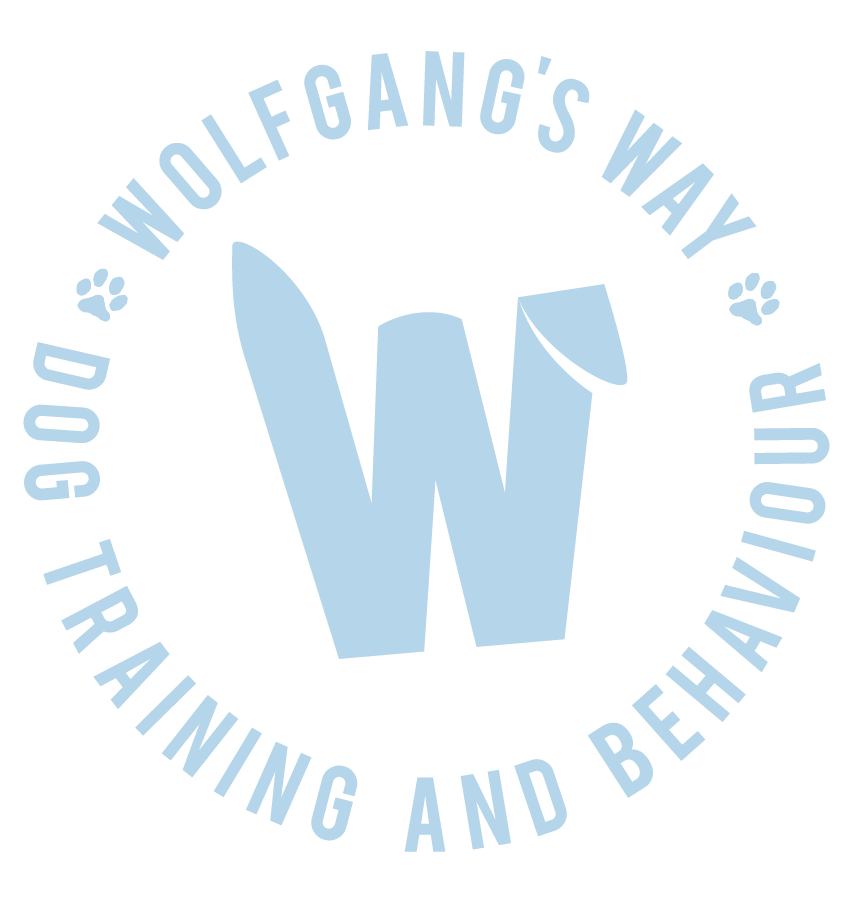Porch.com have recently asked Wolfgang’s Way to contribute to an article about how to care for your pets (in our case dogs, of course) at home.
I love the fact that there are now so many companies outside the pet industry that show interest in this subject (Porch provides software and services to several home service industries including real estate, contractors, moving and much more).
After all, we need to spread the message about how to look after our beloved pets positively, there’s way too much misleading information out there as is (especially when it comes to dog training and behaviour)!!
Our question was about how to ‘keep your dog active’ and whereas this is a rather broad subject (and one would ideally like to write a ten page essay about this), we’ve tried to accommodate the most important bits within a few sentences.
If you’d like to have a read of what we’ve contributed, plus what other industry people have said about everything from how to start training to how to care for your reptiles and cats (diverse!), click here.




